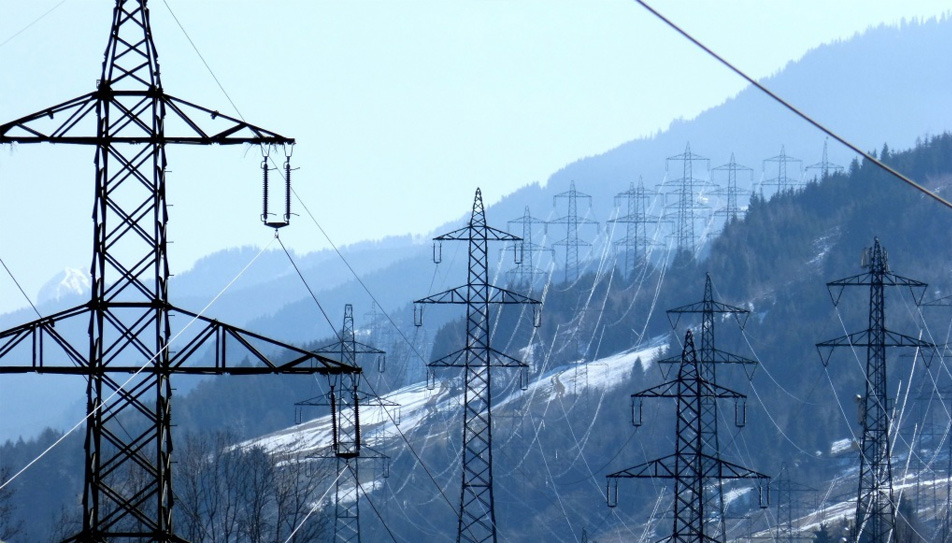CJ8C three-station operating mechanism can be used for closing and breaking of isolation switches, grounding switches and load switches with torque equivalent to ZF port -72.5, ZF port -126 and above voltage levels. In the dual-motor three-station mechanism, the CJ8C mechanism is particularly small in size, which can meet the requirements of the overall layout of GIS miniaturization. This mechanism is a three-station mechanism, and one mechanism can operate an isolation switch and a grounding switch, so as to realize the functions of closing and opening of the isolation switch and closing and opening of the grounding switch. At the same time, the mechanism has two operation modes: manual and electric, and the manual operation port of the isolation switch and the grounding switch has a mechanical interlocking function.
1. The output angle of this mechanism is +99° (can be customized according to user requirements).
2. Output torque: 120N·m.
3. The rated voltage closing and opening time <2s.
4. Technical parameters of energy storage motor
|
Model |
HDZ-23607 type |
|
Rated operating voltage |
≈220V |
|
Rated output power of the motor |
360W |
|
Normal operating voltage range |
85%-110% |
5. Use CSK type magnetic blow switch. The current that can be continuously passed through the contact is 10A at AC220V and 3A at DC220V.
6. Use the F10 type auxiliary switch. Normally, it is 10 open and 10 closed, and it can reach up to 20 open and 20 closed. The continuous current that can be passed through the contact is 10A at AC220V and 5A at DC220V.
7. The secondary connector is an imported industrial connector, and the protection level of the outdoor mechanism can reach IP68 level, and a mechanism can also be equipped with two or three industrial connectors with a 46-core industrial connector. There are several types of secondary industrial connectors, such as 24-pin, 32-pin, and 46-pin.









